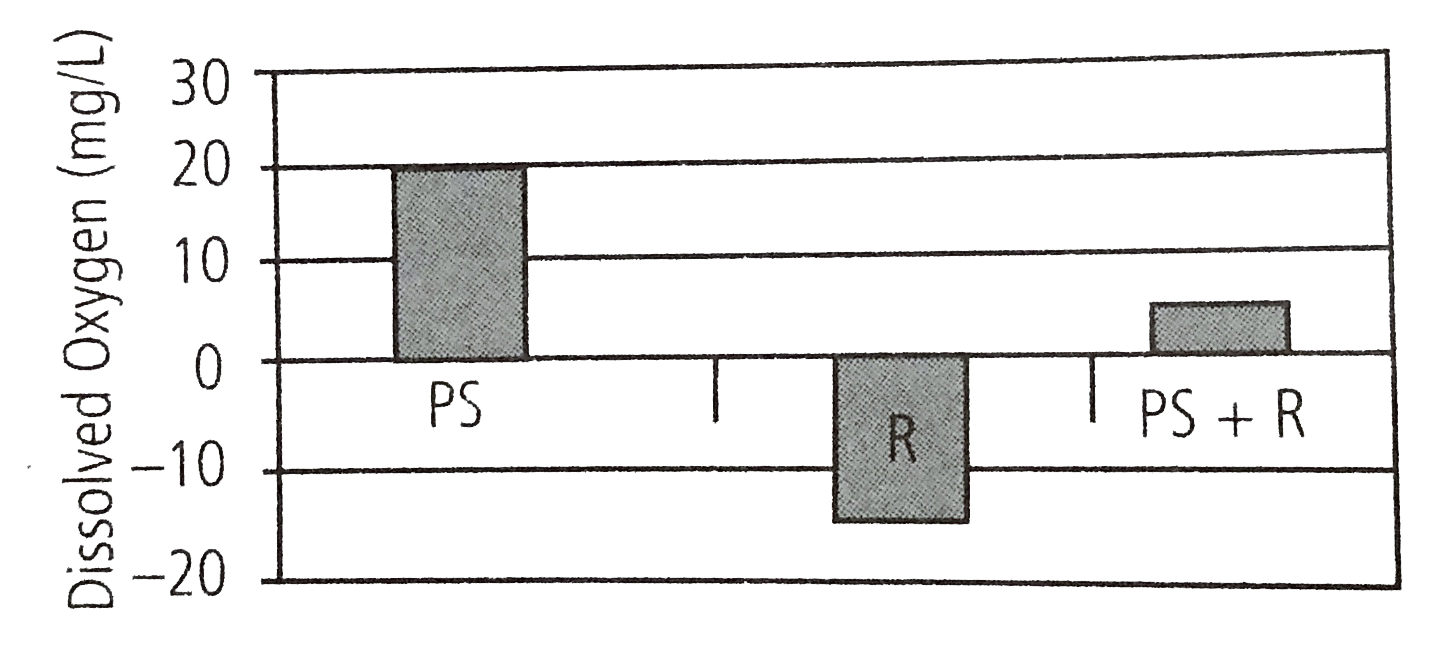[A] : Pila is adopted to lead an amphibious life .
[R] : It is provided with a pulmonary sac for aerial respiration and a gill or ctenidium for aquatic respiration .
If both A and R are true and R is the correct explanation of A
If both A and R are true but R is not the correct explanation of A
If A is true and R is false
If both A and R are false
Step-by-Step Solution:
1. Understanding the Assertion (A):
- The assertion states that "Pila is adopted to lead an amphibious life."
- Amphibious life refers to organisms that can live both in water and on land.
2. Identifying the Organism:
- Pila is a genus of freshwater snails that belong to the class Gastropoda within the phylum Mollusca.
- These organisms are soft-bodied and can inhabit both aquatic and terrestrial environments.
3. Explaining the Adaptation:
- Pila has adaptations that allow it to thrive in both environments:
- In aquatic environments (like ponds and streams), Pila utilizes gills (or ctenidia) for respiration.
- In terrestrial environments, it uses a pulmonary sac for aerial respiration.
4. Understanding the Reason (R):
- The reason states that "It is provided with a pulmonary sac for aerial respiration and a gill or ctenidium for aquatic respiration."
- This explains how Pila can adapt to both habitats by using different respiratory structures depending on the environment.
5. Conclusion:
- Both the assertion and the reason are true.
- The reason (R) correctly explains the assertion (A), as the adaptations of Pila allow it to lead an amphibious life.
Final Answer:
Both A and R are true, and R is a correct explanation of A.
---
- The assertion states that "Pila is adopted to lead an amphibious life."
- Amphibious life refers to organisms that can live both in water and on land.
- Pila is a genus of freshwater snails that belong to the class Gastropoda within the phylum Mollusca.
- These organisms are soft-bodied and can inhabit both aquatic and terrestrial environments.
- Pila has adaptations that allow it to thrive in both environments:
- In aquatic environments (like ponds and streams), Pila utilizes gills (or ctenidia) for respiration.
- In terrestrial environments, it uses a pulmonary sac for aerial respiration.
- The reason states that "It is provided with a pulmonary sac for aerial respiration and a gill or ctenidium for aquatic respiration."
- This explains how Pila can adapt to both habitats by using different respiratory structures depending on the environment.
- Both the assertion and the reason are true.
- The reason (R) correctly explains the assertion (A), as the adaptations of Pila allow it to lead an amphibious life.
Both A and R are true, and R is a correct explanation of A.
Topper's Solved these Questions
Similar Questions
Knowledge Check
Which of the following statements is/are correct or incorrect regarding Class Amphibia?
(i) Body is divisible into head and trunk. Tail is present in some amphibians.
(ii) Show respiration by gills, lungs and through skin.
(iii) Has scales in all its members.
(iv) Can lead dual life (aquatic and terrestrial)
(v) Has eyelids.AAll are correctB(i) and (iv) are correctCOnly (iii) is incorrectDOnly (ii) is incorrect.The given graphs shows the productivity of an aquatic ecosystem measured in terms of dissolved oxygen produced and consumed by green plants and photosynthetic algae where PS=photosynthesis and R=respiration. What will happen during algal bloom?

1. PS will be increase, R will be decreased
2. PS will be decreased, R will be increased.
3. PS and R will not change.
4. PS+R will increase.APS will be increase, R will be decreasedBPS will be decreased, R will be increased.CPS and R will not change.DPS+R will increase.
Respiratory system plays an important role of enabling gas exchange and supply of oxygen to the animals. Although, the basic mechanism of the system remains same , animals display variation in their respiratory system. In the following columns match the animals with their organ for respiration.
Animal Respiratory1KangarooPMoist cuticle2Pomfret QLungs3CockroachRGills4EarthwormSTracheal tubes
View SolutionHow many animals in the given list have gills for respiration ?
Earthworm , Frog, Fish, Insects, Reptiles, Aquatic arthropods, Flatworm, Molluscs, Birds
View SolutionRead the following statement (P - T) and select the option that correctly fills (i) - (v)
P. The male frog has a special organ on the throat called I–
Q. ii–– membrane is a part of ear and serves to receive sound waves
R. Dermis of the frog contains sac-like iii–– glands
S. Tongue of frog is iv––
T . v–– respiration takes place in lungs on land.
View SolutionIn normal respiration, contraction of which of the following muscles leads to a decrease in intra pulmonary pressure?
View Solution
